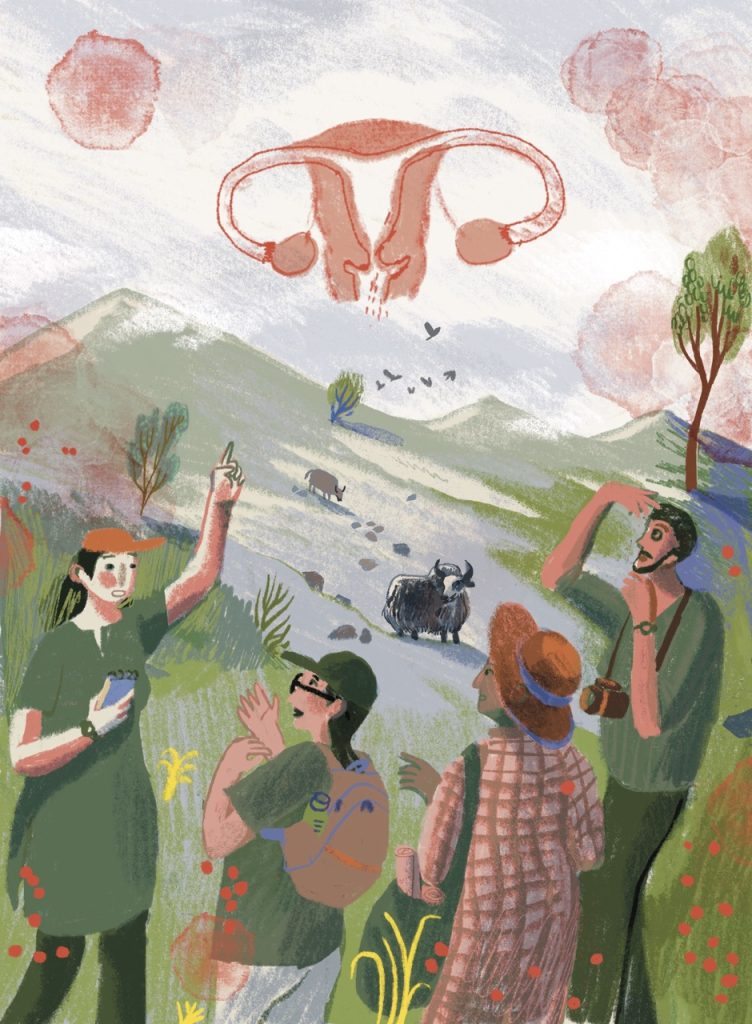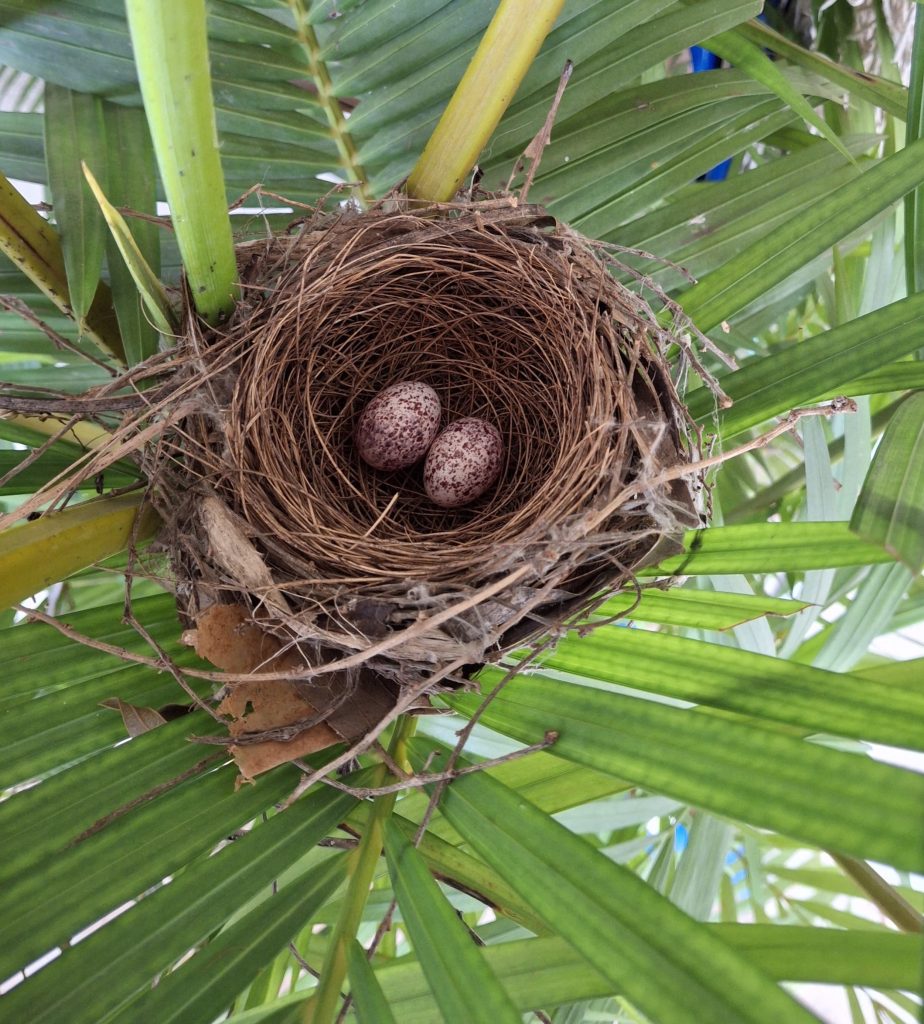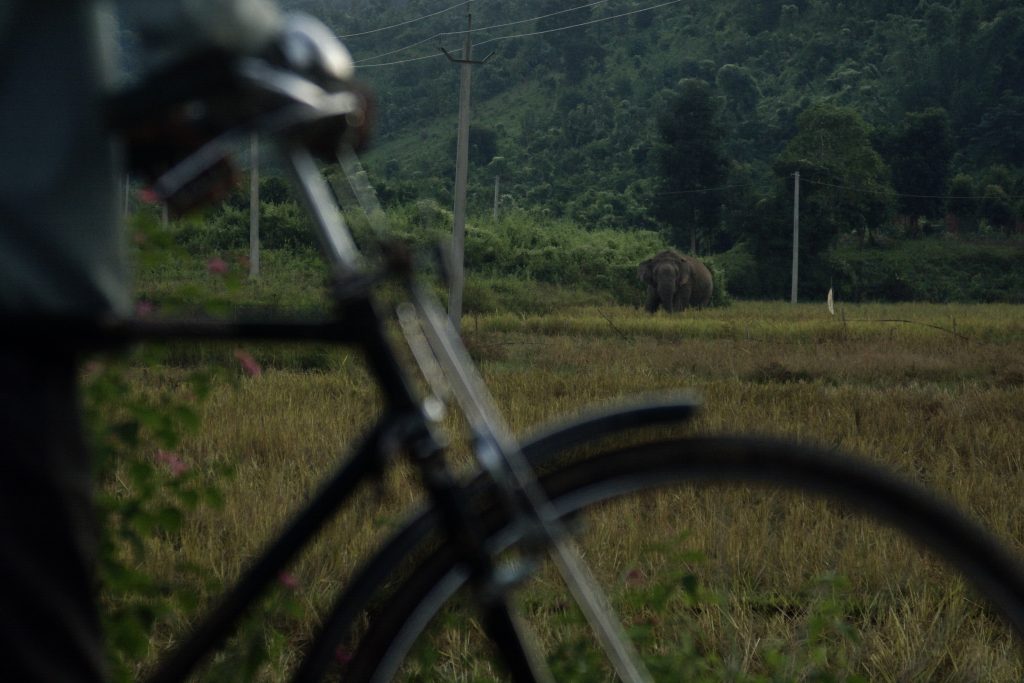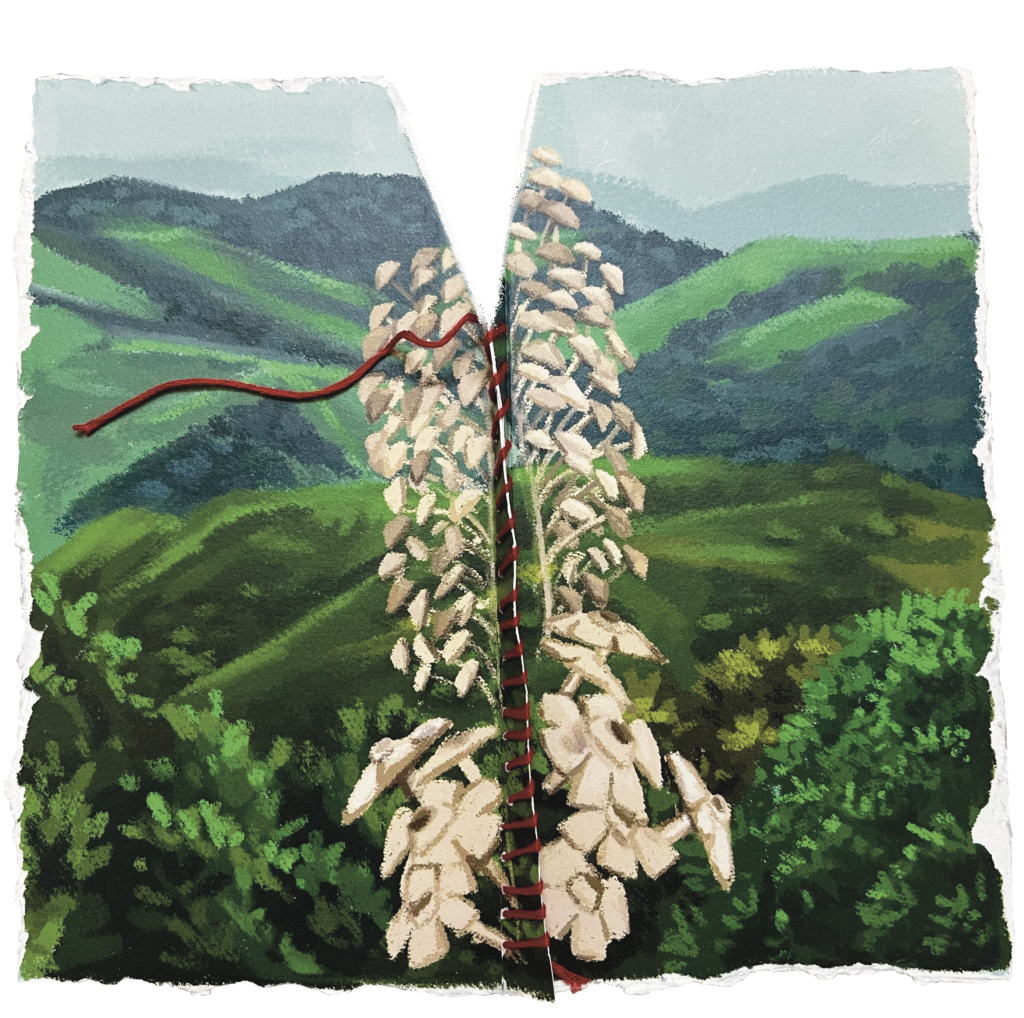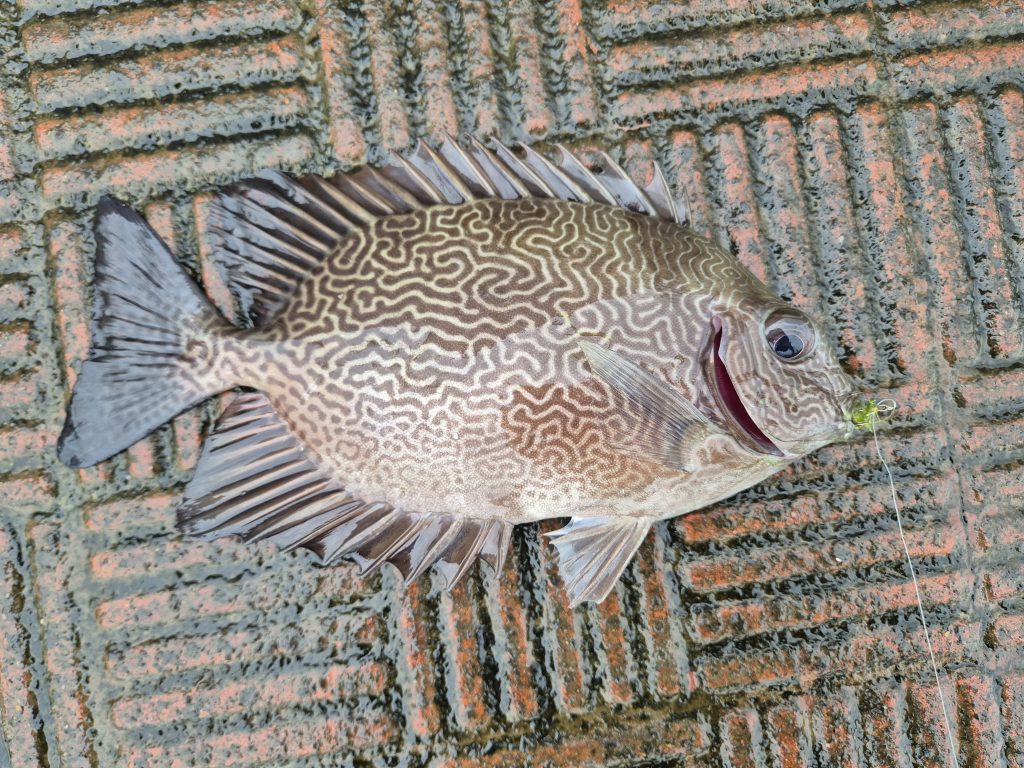
As a child, on every summer break from school, we would travel from Delhi to Chennai, my mother’s hometown. Visits to the local lending library and the churches my grandmother favoured, and stops for freshly fried banana and tapioca chips marked the tenor of my days. What stands out in my memory of that time, however, are visits to the Madras Crocodile Bank Trust. An hour’s drive south of Chennai (now along the East Coast Road), it had me dashing in wide-eyed wonder and excitement from the solitary enclosure for Jaws—India’s largest saltwater crocodile—to a feeding session where chunks of meat from deep buckets were hurled into a waiting mass of over a hundred reptilian bodies that would come racing from the edge of the pond they were sleepily inhabiting, clamouring over each other in a display of remarkable agility. In 2019, I had a chance to visit again after more than a decade and it evoked much the same response. Only this time, in addition to the muggers (marsh crocodiles), salties (saltwater crocodiles), and the easily distinguishable gharials with their long thin snouts, I found myself standing before the enclosures housing green iguanas, tortoises, and turtles, and also looking up at trees dotted in white with the egrets who nest there.
Founded in 1976 by conservationist Romulus Whitaker and Zai Whitaker—at a time when India’s crocodile population had been exploited to the brink of extinction—the Madras Crocodile Bank Trust and Centre for Herpetology is India’s oldest reptile conservation park. It now houses over 17 species of crocodilians—three of which are listed by the International Union for Conservation of Nature (IUCN) as ‘critically endangered’—and is also a veritable bird sanctuary with over 60 species documented there, drawn to the water bodies, ponds and large trees that make up the space. With a strong focus on building knowledge and public awareness with local communities as well as school and college students, the Crocodile Bank is also a thriving example of what a conservation park looks like and why they are crucial.
Why conservation spaces are more important than ever
A report by the World Wide Fund for Nature (WWF) and the UN Environment Programme (UNEP) says that conflict between humans and animals is one of the main threats to the long-term survival of some of the world’s most iconic species, and India will be most affected by it. The biodiversity loss and extinction of species worldwide because of human action points to as much.
In the last few years alone, headlines such as these have become a regular feature: ‘Crocodiles near Patel statue being relocated to make way for seaplane service’. In Gujarat, 500 muggers—one of the most endangered species—were being ‘relocated’ to make room for tourist planes. On the other side of the country, the nesting site of the giant leatherback turtles in Galathea Bay Wildlife Sanctuary in the Andaman and Nicobar Islands is being denotified for the construction of a mega shipment port. This, despite the turtles being listed in Schedule I of India’s Wildlife Protection Act (1972) according them the highest legal protection. And in cities like Mumbai, for instance, rich marine biodiversity that inhabits the intertidal zone between land and sea are being lost to a coastal road project, which is reclaiming land from the sea by dumping non-oceanic red mud that could suffocate this fragile ecosystem.

These so-called development projects are antithetical to what the pandemic has shown us—that more urgently than ever, there is a need to protect and preserve wildlife and the biodiversity of the planet. It’s where conservation parks like the Crocodile Bank have such a critical role to play in connecting children and adults alike to the natural world so that other species are seen as contiguous to the city rather than separate.
“Instead of turning every other open space into money, if we actually left it, it’s even more valuable to us than a constructed space. Now we’re finding out that actually clean air and water are heavy cash,” says Zai, Managing Trustee of the Crocodile Bank, and children’s book writer.
The importance of open, green spaces has been well-researched and its benefits documented in multiple studies. A meta-analysis by the Lancet Planetary Health in 2019 found that green urban spaces help people live longer, in addition to boosting mental health, immune systems, and protection from diseases. It’s one of the main draws of the Crocodile Bank for those living in Chennai, and recognition and support for what it brings to the city’s inhabitants is evident in the support they receive.
“One of the few things I felt good about during the pandemic was that we got a lot of support from Chennai families. One kid was selling ice cream and sending us donations from his ice cream shop for the upkeep of the park. Chennai city sees the Croc Bank as one of its own,” says Zai. In a move to encourage and invite more people to spend time outdoors and amidst the rich offerings the space holds, benches with reptilian motifs and picnic tables have been added. “4.5 lakh people visit us every year and we see this as a very important thing which we must contribute to—more open space, more clean and more big trees to look at for people who come out of the city and who obviously need these resources. I’ve also met families walking around the Croc Bank and talking to people who say, ‘We come here for the trees.’”

The importance of education
In addition to making a strong case for conservation, the Crocodile Bank’s work with people in places like Agumbe, in the Western Ghats, is addressing and transforming how humans relate to some of the most feared creatures in the natural world—snakes. “We have a field station for the study and conservation and research of the king cobra, which as you know is one of the most interesting snakes in the world. When we first started, people would ring in a panic and say: There is a snake here, do something. Now, they will call and say, ‘Look there’s a king cobra in my yard. Don’t bother coming, if there’s a problem, I’ll call you.’ It’s really amazing. I would say that has happened because of three things—education education and education,” says Zai. By addressing fears and the sense of separation between humans and other species, they are demonstrating what is possible through co-existence and in extending respect for all creatures.
This philosophy has also informed the kinds of workshops held at the Crocodile Bank, where behind-the-scenes guided tours of the park, opportunities to be a ‘junior zookeeper for a day’ and care for lizards, snakes and chelonians, have become ways in which to get better acquainted with other species. Another way to support and engage with conservation work at the bank is to ‘Adopt a Reptile’ which helps to cover the costs of feed, maintenance, vet care and build a sense of personal connection with reptiles.

Making conservation a part of the everyday
This spirit of being outdoors and observing the many shapes and forms that are part of the natural world, is what first got Zai—who comes from a family of naturalists—to begin her conservation journey. It’s what she believes is the way forward to have more and more children and adults reestablish their connection with the natural world. From paying attention to the many lifeforms that visit flowerpots or gardens to reassessing everyday items used in the household, such as paper towels, and going back to using cloth rags for cleaning, she encourages everyday action as a way to approach the idea of conservation.
The work of conservation can sound like something undertaken by official bodies comprising experts and far removed from the everyday existence of an average citizen, but like Zai says, it is possible through simple, everyday action—regardless of your age. The question is, when are you setting out on your conservation journey?
Further Reading:
Gross E., N. Jayasinghe, A. Brooks, G. Polet, R. Wadhwa and F. Hilderink-Koopmans. 2021. A Future for All: The Need for Human-Wildlife Coexistence. Gland, Switzerland: WWF.
Rojas-Rueda D., M. J. Nieuwenhuijsen, M. Gascon, D. Perez-Leon and P. Mudu P. 2019. Green spaces and mortality: a systematic review and meta-analysis of cohort studies. Lancet Planetary Health 3: 469–77/
Scroll. 2019. Gujarat: Crocodiles near Patel statue being relocated to make way for seaplane service, says report.
https://scroll.in/latest/910772/gujarat-crocodiles-being-relocated-to-make-way-for-seaplane-service-to-statue-of-unity-says-report. Accessed on May 2, 2022.

